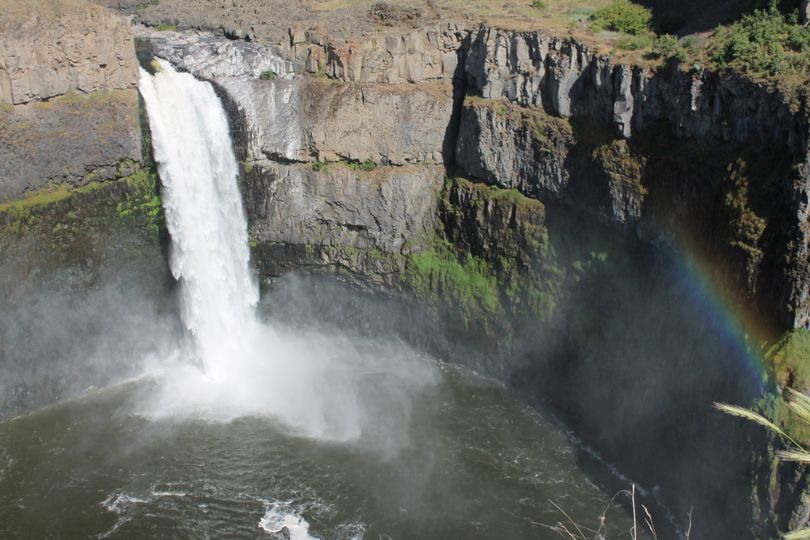Ice Age Floods experts set programs, field trips, hikes

GEOLOGY -- There's no better way to soak up the science and history of how the Inland Northwest landscape was shaped than to join in some of the events scheduled this season by area geologists and experts in the Ice Age Floods.
The Cheney-Spokane Chapter of the Ice Age Floods Institute has a excellent schedule of events ranging from lectures and field trips to a rugged hike. Check them out.
- Contact: Melanie Bell iaficheneyspokane@gmail.com, (509) 954-4242.
MARCH 12 -- Free lecture, “The Incredible Shrinking Glacial Lake: A Nonfiction Account of the Rise and Downfall of Glacial Lake Columbia,” 7 p.m., Eastern Washington University Science Building, Room 137, in Cheney.
Earth scientist, Michael McCollum presents the incredible story, 20,000 years in the making. He'll describe a 3,000 year onslaught by catastrophic Floods whose sediments finally overtook the lake’s accommodation space and the continuing assault by incremental headward erosion of the southwest bedrock battlements at Grand Coulee, followed by the final betrayal in which global warming caused the disappearance of the once supportive Okanogan ice lobe.
MARCH 14 -- Hike (rated "most difficult"), Palouse Canyon to Palouse Falls, 9 a.m.-5 p.m., covers 8 miles on and off trail. Begins under railroad bridge near Lyons Ferry Fish Hatchery, near Washtucna, Washington.
Leaders Lloyd Stoess and Gene Kiver, emphasize the Ice Age Floods story as well as Native American and settlement history. Participants must be in good shape, with no serious heart or vertigo problems, and capable of hiking at least 3 miles on rugged terrain without a break. Fee: $10 for students/teachers, $20 for chapter members and $30 for non-members.
- Pre-Register here; click on the Calendar tab.
- Hike info: Lloyd Stoess, stoessmfg@gmail.com, (509) 646-3292.
- Registration info: Linda Long, linkakl@centurytel.net, (509) 235-4251.
MAY 8 -- Free lecture, “Lower Grand Coulee and Crab Creek Floodways,” 7 p.m., JFK Library Auditorium, EWU Campus, Cheney
Gene Kiver, who taught geology at EWU for 32 years, will give an overview of the Missoula Floods through the Grand Coulee and the merging with floodwaters that descended through the Telford-Crab Creek Scabland. A complex of minor coulees occur along Interstate 90 and other areas. Scabland features of note include large flood bars, giant current ripples, and recessional cataract canyons.
MAY 9 -- Spring field trip, 7:30 a.m.-6 p.m., Gene Kiver and Bruce Bjornstad, authors of the field guide "On the Trail of the Ice Age Floods," are the guides and lecturers on deluxe buses to sites of Ice Age Floods features through Lower Grand Coulee. A fee is charged.
- Pre-Register here; click on the Calendar tab.
- Registration info: Linda Long, linkakl@centurytel.net, (509) 235-4251.
OTHER TRIPS coming up, with more details to be posted on the local chapter website include:
May 31, Saturday, 8 a.m. – 3 p.m. “Floods, Flowers, and Feathers Festival” at Turnbull National Wildlife Refuge, Cheney. This is a free public event.
June 2, Tuesday, 7-9 p.m., Vic Baker will lecture at Spokane Community College, The Lair Auditorium.
Sep. 19, Saturday, IAFI Field Trip, Wenatchee.
Oct. 23, Friday, 7-9 p.m., IAFICS Membership Meeting and John Buchanan will lecture “Big, Bigger, Biggest: A Comparative Look at Megafloods”
October --Two Hikes. Details to come.
